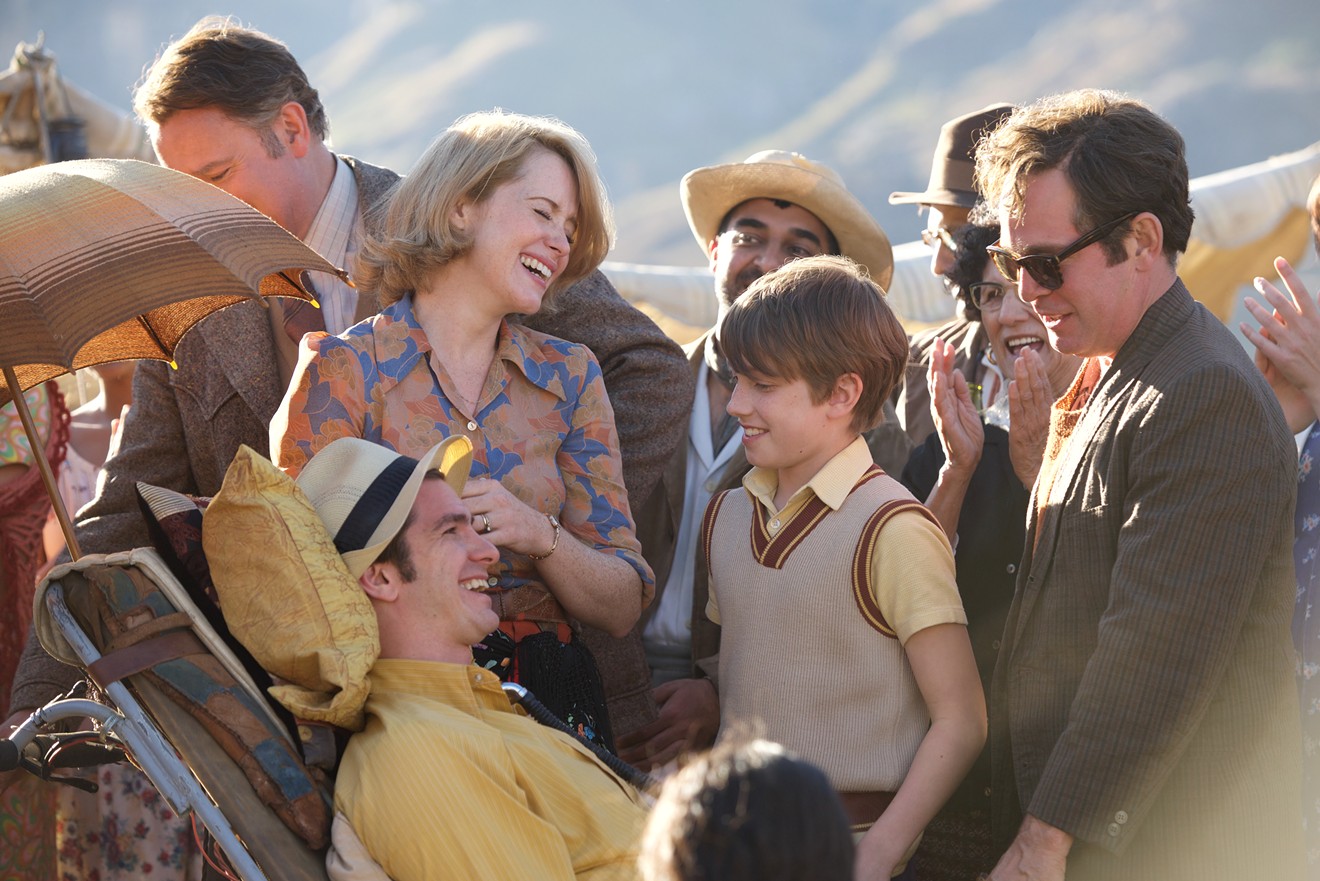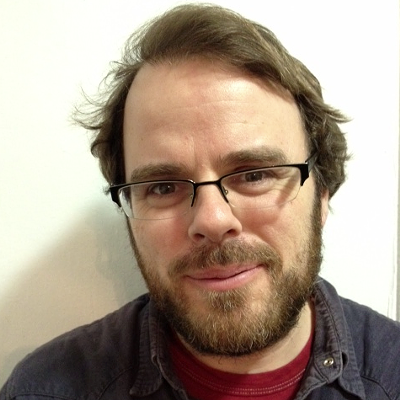The last few months have seen some welcome innovation in the cry-along subgenre of dramas about finding the will to keep living after bodily catastrophe. First, in the notably sincere and unsensational Stronger, director David Gordon Green and his crew strove to strip away as much of such films’ usual reassuring falseness as they could without harrowing audiences right out of the theater. Now, with the courageously chipper weepy Breathe, Andy Serkis has attempted the opposite, blowing so much cheer and whimsy into a real-life story of tragedy and resilience that at times it plays less like an awards season contender than some spiritual sequel to Chitty Chitty Bang Bang. I mean that as a compliment.
The story is set in Africa and the English countryside, but the look is pure Hobbiton, all verdant lawns and crumpled vistas, the sun smearing the world like a pastry chef glazing some dessert. Serkis, who played Gollum in Peter Jackson’s Middle Earth films, served as second-unit director on The Hobbit trilogy, shooting what must have been hundreds of hours of dwarfs pounding orcs pounding elves. Breathe suggests that he’s more comfortable with fancy than biological or psychological realism, making a medical drama into something like a very British (and often beautiful) daydream, yet another boy’s adventure. But that tone suits aspects of the story Serkis is telling, and the film lives up to its own characters’ thesis: that disability need not define a person — or even the film about that person.
Andrew Garfield plays Robin Cavendish, a likable chap of no fortune and minor expectations who, through cricket stints and puppyish enthusiasm, wins the heart of posh Diana (Claire Foy) in England in 1959. Some 20 minutes into the film, amid marvelous Nairobi sunsets, Robin collapses. A doctor soon confirms: He's contracted polio and will for the rest of his life be paralyzed from the neck down. For half a reel, Robin looks defeated in a hospital ward that suggests, with its grimly pumping life-saving machinery, Hemingway’s In Another Country. But then Diana kindles Robin's (and Serkis’) spirit: Like everything else in his life, this, too, can be a most corking enterprise, a chance to show his mettle. Step one: figuring out how to live outside a hospital while still dependent on a ventilator to work his lungs. It goes without saying that his exit from the reward is a sprightly escape sequence, scored like a heist, complete with a stern old administrator scoffing that he’ll be dead in two weeks.
From there, though, this figgy pudding of a film mostly won me over. In the crumbling old estate that Diana has purchased, Robin and friends dream up innovations that would better the world, most notably a wheelchair with a ventilator in it. In Garfield, Serkis has found the rare leading man eager to smile freakily; in Serkis, Garfield has found the rare director eager to let him. The star has only his face and voice to work with, and it makes touching sense that, denied gestures, Robin would go big with his expressions. Hence Garfield’s horizon-wide grins, or his waggling his eyebrows like Groucho, as Robin is wheeled to garden parties or the mountains of Spain. Occasionally a crisis breaks out — the ventilator futzes out or the cord gets unplugged — but these instances lead to more breakthroughs or, in the most amusing case, the grandest party yet.
Serkis’ emphasis is on the best of the life that Diana and Robin made together rather than the everyday drift of it, and the film works more as celebration as drama, a chance to hang with the ol’ sport and his crowd. It’s a bustling, sometimes rousing sort-of comedy, stamped by Serkis’ fascination with technology: vintage planes and jalopies, wheelchairs and electric lungs, and rich in-the-moment details that go unremarked upon. (I love the clothespinned newspaper page that has been rigged up to hang before Robin’s face.) Foy gets big scenes at the beginning and end of the picture but spends much of the middle wheeling Garfield around. The last minutes, though, find Serkis and his cast working in a more familiar emotional register, dealing with decisions of life and death with integrity and frankness. I cried, but the tears weren’t wrung from me.
[
{
"name": "Air - MediumRectangle - Inline Content - Mobile Display Size",
"component": "12017618",
"insertPoint": "2",
"requiredCountToDisplay": "2"
},{
"name": "Editor Picks",
"component": "17242653",
"insertPoint": "4",
"requiredCountToDisplay": "1"
},{
"name": "Inline Links",
"component": "18838239",
"insertPoint": "8th",
"startingPoint": 8,
"requiredCountToDisplay": "7",
"maxInsertions": 25
},{
"name": "Air - MediumRectangle - Combo - Inline Content",
"component": "17261320",
"insertPoint": "8th",
"startingPoint": 8,
"requiredCountToDisplay": "7",
"maxInsertions": 25
},{
"name": "Inline Links",
"component": "18838239",
"insertPoint": "8th",
"startingPoint": 12,
"requiredCountToDisplay": "11",
"maxInsertions": 25
},{
"name": "Air - Leaderboard Tower - Combo - Inline Content",
"component": "17261321",
"insertPoint": "8th",
"startingPoint": 12,
"requiredCountToDisplay": "11",
"maxInsertions": 25
}
]












